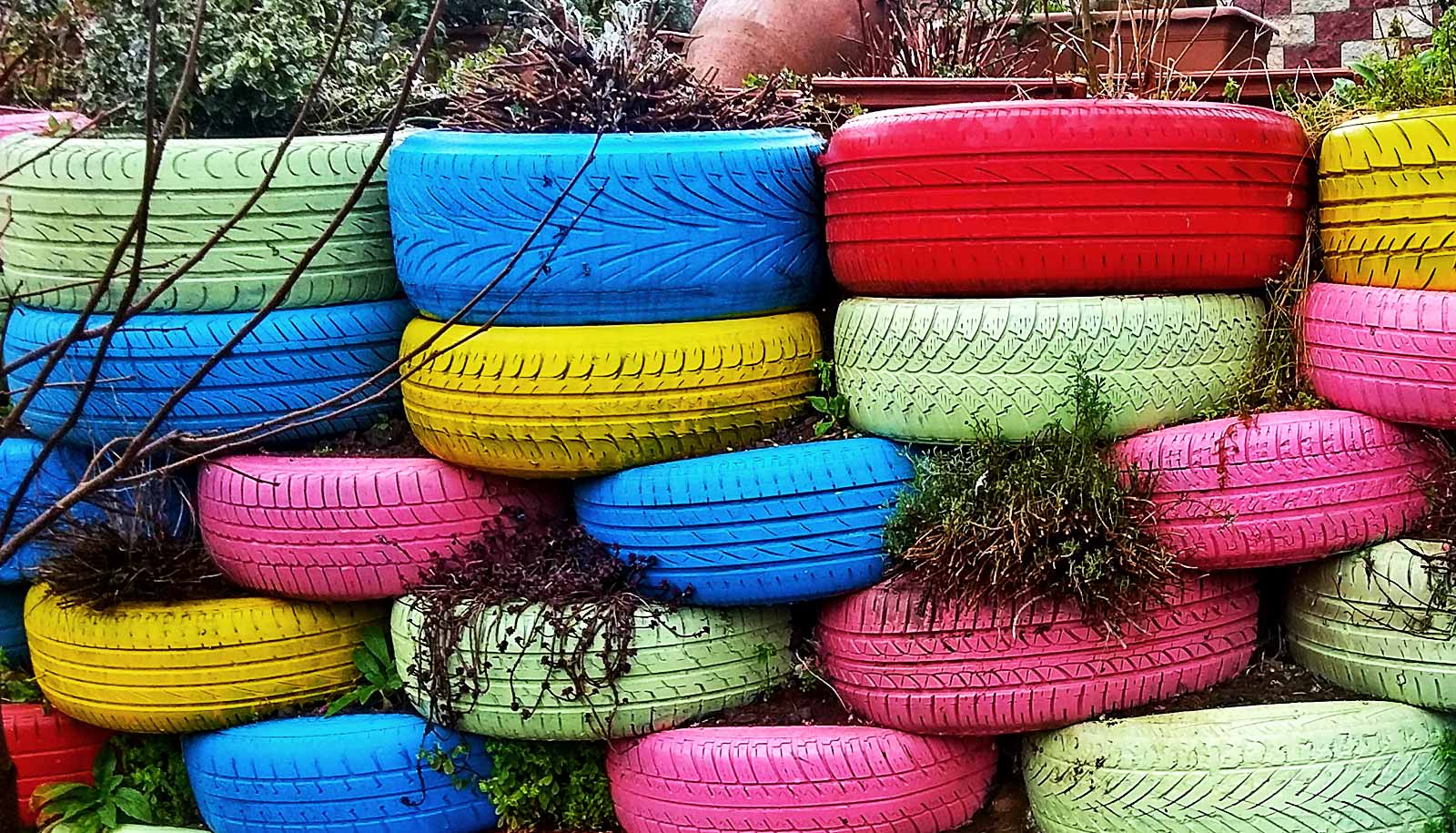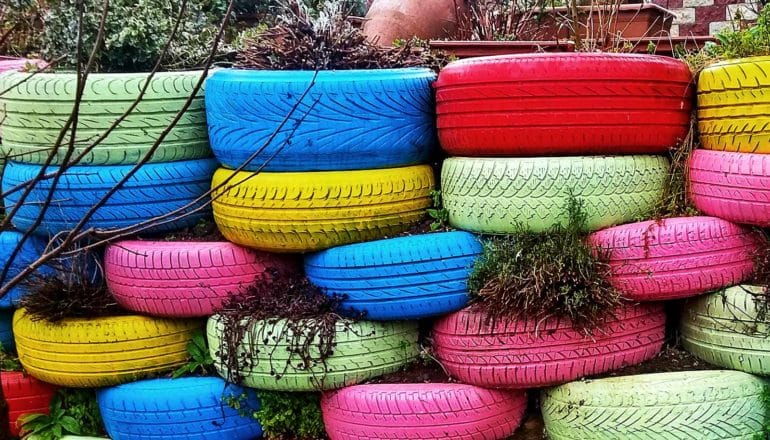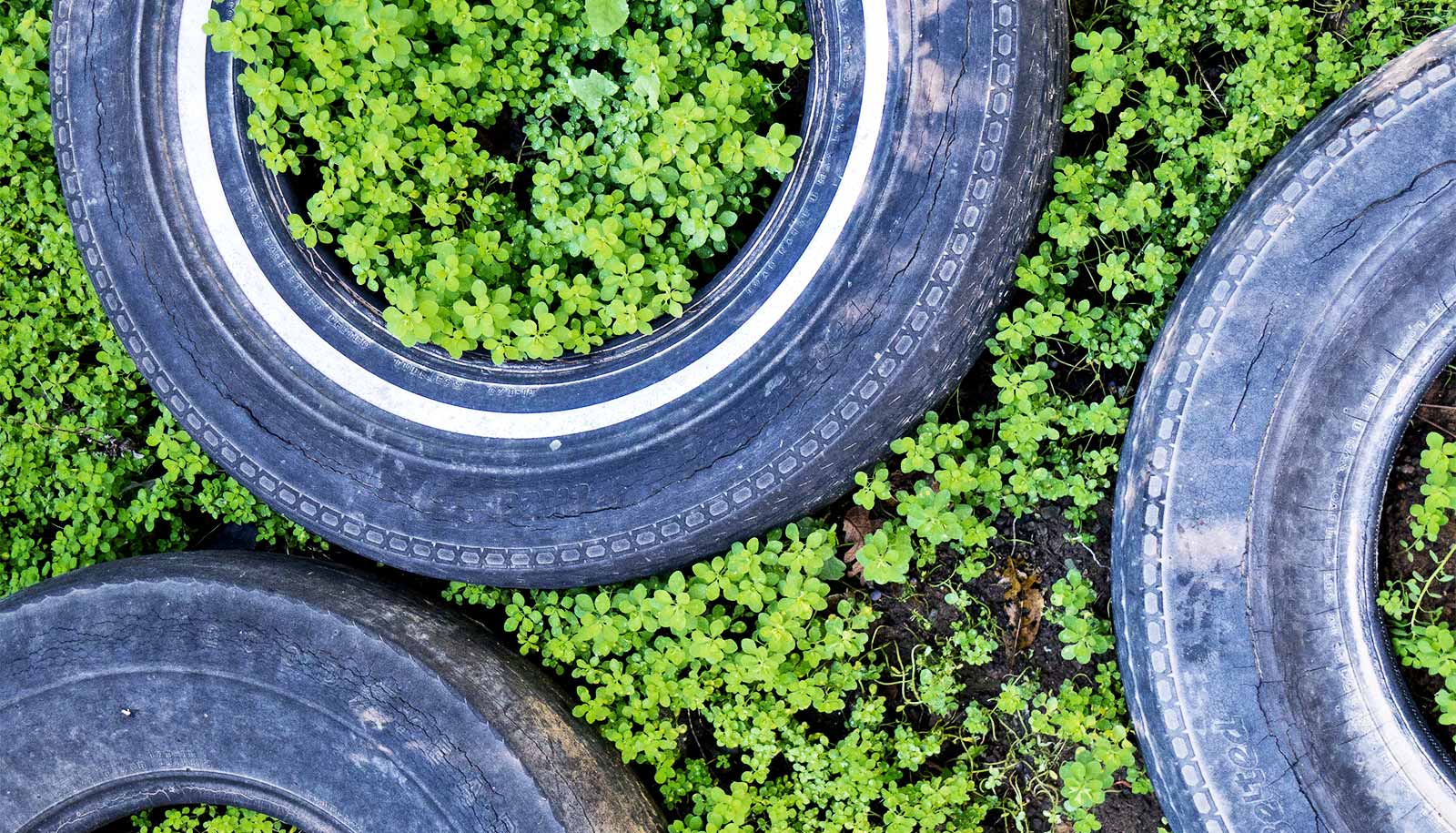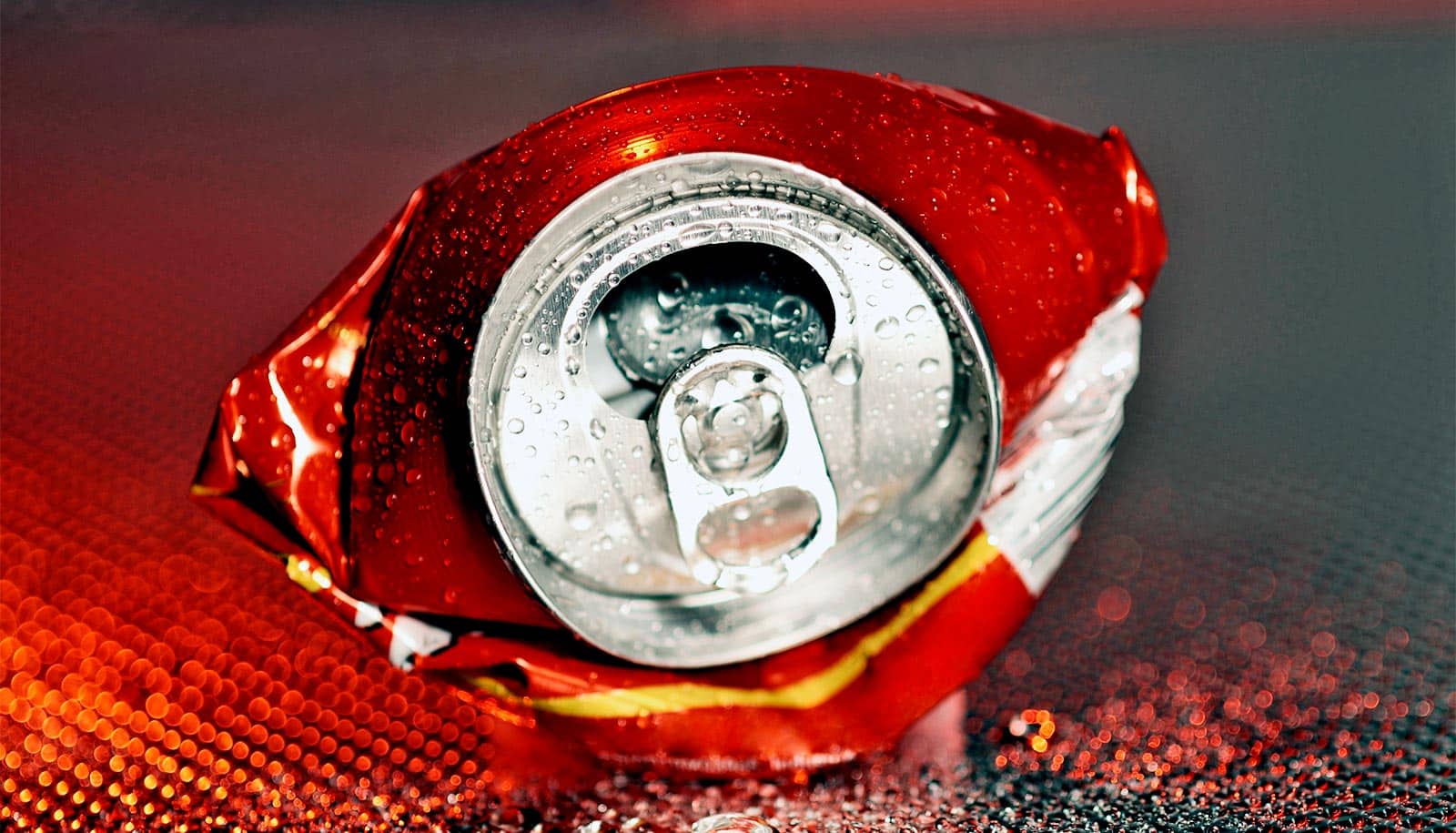
"By converting waste rubber tires into high-value aerogels, we could enhance the monetary incentive for recycling rubber and in turn, cut down rubber waste," says Duong Hai-Minh. (Credit: Getty Images )
Team transforms old tires in super-light aerogels
Researchers used old tires to create aerogels with applications for oil refineries, refrigerators, and even in the insoles of your favorite pair of shoes.

Researchers have used waste rubber tires to create super-light aerogels that are highly absorbent, extremely durable, and efficient at trapping heat and sound.
Upcycling waste rubber into products of a higher commercial value offers an eco-friendly way to recycle rubber.
About 1 billion rubber tires—which are highly durable and non-biodegradable—are generated worldwide every year. Only 40% get recycled into low-value-added products, 49% are incinerated to generate energy, and at least 11% end up in landfills.
While many go into landfills, landfill sites are running out of space. There is also a risk of the consequential leachate causing environmental pollution. Further, burning rubber produces toxic substances that pose health and safety concerns.
“Although 40% of waste rubber tires are recycled, the rate of recycling worldwide remains low because processing used rubber is costly and energy-intensive, coupled with a lack of monetary incentive,” says Duong Hai-Minh from the mechanical engineering department at NUS Engineering at the National University of Singapore.
“Our team has decided to focus on creating rubber aerogels from used rubber tires because they are a cheap and abundant source of raw materials. By converting waste rubber tires into high-value aerogels, we could enhance the monetary incentive for recycling rubber and in turn, cut down rubber waste.”
To create the rubber aerogels, researchers first blended recycled car tire fibers into finer fibers and then soaked them in water and very small amounts of chemical cross-linkers. Next, they dispersed a mixture of rubber fibers and eco-friendly solvents using a stirrer for 20 minutes. The team then freeze-dried the uniform suspension gel at minus 50 degrees Celsius (120 degrees Fahrenheit) for up to 12 hours to produce rubber aerogels.
“The fabrication process is simple, cost-effective, and eco-friendly. The entire production process takes between 12 to 13 hours to complete and it only costs less than S$10 (about $7 US) to produce a sheet of rubber aerogel that is 1 square meter (about 10 feet) in size and 1 centimeter (less than a half inch) thick. The process can also be easily scaled up for mass production. This makes rubber aerogels a commercially attractive product.”
The rubber aerogels have properties for a variety of applications:
- Extremely light and stiffer than commercial foam.
- Highly porous: The aerogels are twice as absorbent as conventional absorbents such as the polypropylene mat, making them ideal for removal of spilled oil.
- Excellent sound absorption: Rubber aerogels are 27% more effective than commercial foam absorbers with the same thickness.
- Excellent heat insulation: Rubber aerogels have high heat resistance. A piece of rubber aerogel with a thickness of one inch (2.54 centimeters) has a heat transfer limit that equivalent to 25 standard glass window panes.
- Highly durable: Most aerogels are extremely brittle and friable (i.e. they tend to fragment and pulverize), but rubber aerogels can spring back to its original shape after compression. This unique property makes them suitable as insulation material for industrial purposes such as in subsea systems, oil refineries, and industrial buildings, and also in homes, refrigerators, as well as personal items such as jackets and shoe insoles.
- When coated with a chemical called methoxytrimethylsilane, the rubber aerogels become extremely water-repellent and they can prevent moisture from corroding or damaging insulation equipment.
“Potential markets of aerogels are huge. For example, vehicle noise and thermal comfort are vital in vehicle designs—the global automotive heat and sound insulation solution markets are expected to reach US$3.2 billion by 2022,” says professor Nhan Phan-Thien, a senior member of the research team. “In addition, the global oil spill management market is expected to reach US $182.7 billion by 2025.”
The study appears in Colloids and Surfaces A: Physicochemical and Engineering Aspect.
Source National University of Singapore
The post Team transforms old tires in super-light aerogels appeared first on Futurity.
Share this article:
This article uses material from the Futurity article, and is licenced under a CC BY-SA 4.0 International License. Images, videos and audio are available under their respective licenses.
Related Articles:
Graphene made from tires makes concrete stronger
March 30, 2021 • futurityEco-friendly method transforms metal waste into aerogels
May 3, 2021 • futurityLinks/images:
- https://www.futurity.org/as-rubber-runs-dry-a-green-option-for-tires/
- https://www.futurity.org/plastic-bottle-waste-material-1918892/
- https://www.futurity.org/individualistic-collectivistic-cultures-1272142-2/
- https://www.futurity.org/supersonic-flight-air-simulation-2010052/
- https://doi.org/10.1016/j.colsurfa.2019.06.029
- http://news.nus.edu.sg/research/worlds-first-aerogels-made-scrap-rubber-tyres
- https://www.futurity.org/aerogels-rubber-tires-sustainability-2309502-2/
- https://www.futurity.org


